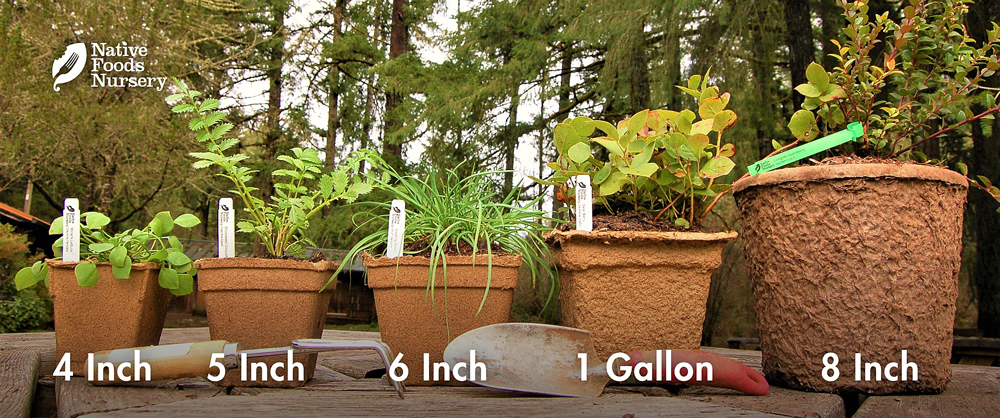The Avalanche Lily is a hardy Northwest native wildflower with graceful yellow blooms and edible corms.
Edible Uses
The bulb-like underground stems, called corms, are edible both raw and cooked - as are the leaves and green seed pods. Like onions, the corms are made sweeter and more easily digestible by cooking. The green seed pods are said to taste like string beans when cooked.
The corms are high in starch and dietary fiber, and contain measurable amounts of simple sugars before and after cooking. The leaves are relatively high in protein.
NOTE: The corms and leaves can occasionally cause a burning sensation. Too many raw bulbs can cause stomach upset.
Ornamental Qualities
Avalanche Lily is a "spring ephemeral", meaning it comes up as the weather warms in the Spring, flowers, sets seed, and then returns to dormancy. It's usually the first species to flower in native landscapes.
Avalanche Lily flowers are particularly beautiful & graceful. Their stems emerge strongly, yet arch delicately, suspending their flowers over the Earth, as the bright yellow petals peel back to expose its white stamens and style. In their zenith, they can appear as if they are falling like a shooting star to the Earth.
Environment and Culture
Avalanche Lily is home to sunny areas in a variety of ecologies, from streamsides to rocky hillsides to meadows. It is adaptable from sea level to mountain tops, but prefers cool, well-drained soils. It can be found growing alongside other native lilies, such as Tiger Lily and Rice Root. It is important food for bear and elk communities, as well as the bees.
Northwest Native American tribes today still value this special plant as food, medicine, and family. Despite great cultural losses, they continue to work towards stewarding and restoring wild populations, both strengthening the integrity of the ecology and sustaining their cultural heritage and wisdom. These strong and recovering peoples and plants deserve our respect, gratitude, and reparations. (Learn more & how to help on our Charitable Giving page.)
Harvest, Care, and Preparation
Only harvest from the wild with permission, and with care for the ecology. For gardeners, Avalanche Lily can be allowed to spread and multiply before harvesting. Seed can even be collected and reseeded next to the mother plant. When ready to harvest, in mid-late Summer, use the dead flower stalks to locate the edible corms underneath. Leave small cormels in the ground to grow new plants the next year.
(The corm pushes itself deeper as it grows, and can be up to 6 inches down when fully mature. Wet the ground before digging to make the soil softer and easier to turn. Give ample space around the corm to ensure that it or its cormels are not severed.)
To prepare, slice the roots from the corm (as you would a green onion) and boil the bulb for 10 minutes (or until soft, but still firm). Then, they can be eaten whole, mashed, or sliced and pan-fried.
Native Range: CA, OR, WA, BC, CO, WY, MT
USDA zones: 3-9
Ease of Care: Very Easy
Deer Resistance: Moderate
Light Requirements: Full Sun - Part Shade
Soil Type: Any, prefers well-drained
Water Requirements: Moist to Wet
Pollination: Self-Fertile
Bearing Age: 3-5 years to maturity from seed
Size at Maturity: 6”-12”
Plant Spacing: 1 ft
Bloom Time: Early Spring
Harvest Time: Mid-Summer, after seed set
Pot Sizing Guide
